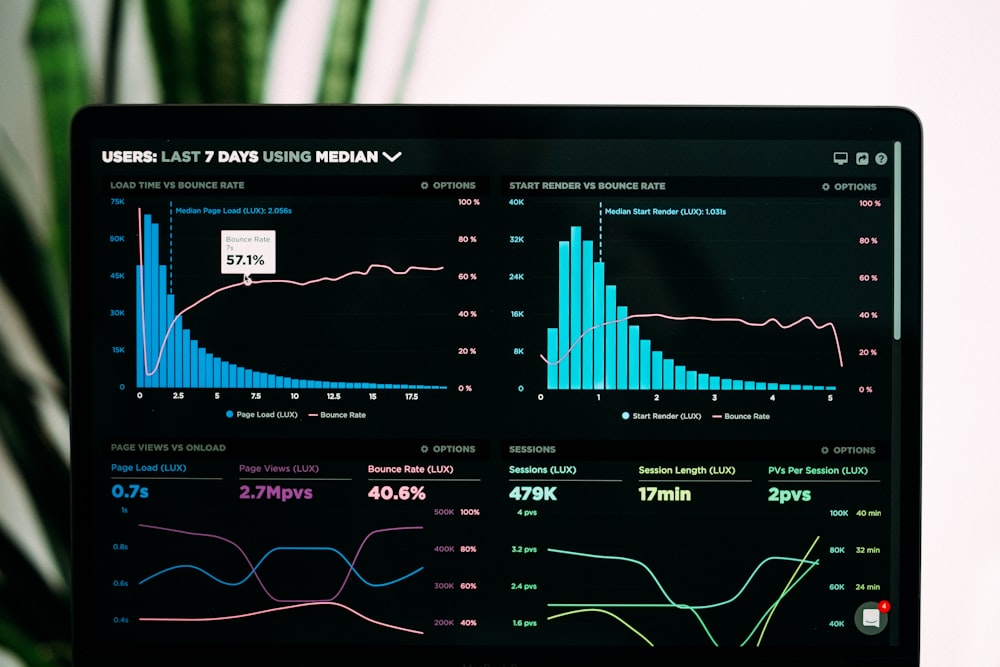Cross-Pollination
How Nature's Genius Is Revolutionizing Science, Technology, and Innovation
The Invisible Network That Fuels Life and Progress
Imagine a world without apples, coffee, or chocolate—a grim reality we'd face if pollinators vanished. But beyond this ecological catastrophe lies a deeper truth: Nature's cross-pollination principle is also humanity's most powerful engine for innovation. From fusion energy breakthroughs to smartphone designs, the same biological process that sustains ecosystems is now accelerating human progress. Recent research reveals how this ancient strategy—whether in wildflowers or workplaces—solves complex problems by bridging isolated domains and fostering unexpected connections 1 .
1. Nature's Blueprint: How Biological Cross-Pollination Works
Pollinators—bees, butterflies, birds, and even bats—form a hidden infrastructure supporting terrestrial life. They enable ~90% of flowering plants to reproduce and underpin 75% of global crops, providing $34 billion annually to the U.S. economy alone. Yet their role extends beyond quantity:
- Diversity drives quality: Oilseed rape flowers visited by varied pollinators produce seeds with 20% higher oil content. Cross-pollination between plant varieties enhances nutritional value, boosting vitamins and antioxidants in fruits 6 7 .
- Specialized partnerships: Moths pollinate night-blooming yuccas; hummingbirds coevolved with trumpet-shaped flowers. These relationships emerge from trait complementarity, where size, behavior, and timing align 1 .
- Functional divergence matters: In oilseed rape fields, pollinator communities with diverse traits (e.g., tongue length, foraging speed) increase yields by 15% compared to single-species dominance. Efficiency stems from non-overlapping roles: Bumblebees "buzz pollinate" tomatoes; honeybees blanket apple orchards 7 .
Table 1: Pollinator Efficiency in Crop Quality Enhancement

Bees are among nature's most efficient pollinators, responsible for pollinating many of the crops we rely on for food.

Hummingbirds have co-evolved with specific flowers, creating specialized pollination partnerships.
2. From Fields to Fusion: Cross-Pollination as Innovation Catalyst
Cross-pollination transcends biology, becoming a mental model for breakthroughs. When physicist Nik Logan applied a stellarator-designed algorithm (FOCUS code) to tokamak fusion reactors, he solved a decades-old magnet instability problem. This "conceptual cross-pollination" between fusion subfields accelerated reactor designs, demonstrating how disciplinary silos stifle progress 4 .
Why it sparks innovation:
- Analogous thinking: Biomimicry engineers studied kingfisher beaks to eliminate sonic booms in bullet trains. The beak's shape—optimized by evolution—inspired nose-cone designs that reduce air resistance by 30% 2 .
- Networked enterprises: Charles Darwin's parallel work on evolution, earthworms, and coral reefs allowed insights from one project to fertilize others. Modern creators like Tim Harford use "project boards" to manage 15+ initiatives, enabling unconscious processing across domains .
- Corporate rotation: 3M's policy of shifting engineers between departments (e.g., adhesives to medical products) birthed Post-it Notes and surgical tapes. Deliberate role disruption prevents cognitive rigidity .
Table 2: Cross-Pollination Driving Human Innovation

Cross-pollination between different fusion reactor designs led to breakthroughs in plasma stability.

Japan's Shinkansen bullet train design was inspired by the kingfisher's beak, reducing sonic booms.
3. Key Experiment: How Wind Reshapes Pollinator Networks and Crop Outcomes
Groundbreaking Study: A 2025 experiment examined wind's impact on plant-pollinator interactions—an overlooked factor with massive agricultural implications 8 .
Methodology
- Site setup: 40 identical wildflower plots in wind-variable landscapes, grouped by wind exposure (low: <0.5 m/s; moderate: >2.5 m/s).
- Pollinator tracking: RFID-tagged honeybees and bumblebees, plus video recording for 300+ hours.
- Foraging metrics: Movement patterns, flower visitation rates, and pollen transfer efficiency measured using fluorescent dye tracers.
- Crop assessment: Resulting seed yield and nutritional quality (oil, vitamins) in adjacent oilseed rape fields.
Results & Analysis
- Community shifts: Low-wind plots hosted 3× more pollinators and 2× greater species richness. Diptera (flies) dominated here, while Hymenoptera (bees) prevailed in windier zones.
- Behavioral changes: Bees visited 15% more flowers per minute in calm conditions but moved 20% faster between plants in wind—boosting cross-pollination for outbreeding crops.
- Yield impact: Wind-exposed plots produced fewer seeds, but those seeds had higher genetic diversity and oil content due to increased bee movement.
Table 3: Wind Speed Effects on Pollinator Efficiency
| Wind Speed | Pollinator Diversity | Foraging Rate | Plant Movements | Seed Genetic Diversity |
|---|---|---|---|---|
| Low (<0.5 m/s) | High (15+ species) | 12 flowers/min | Low | Moderate |
| Moderate (>2.5 m/s) | Low (5 species) | 10 flowers/min | High | High |
Source: 8
Implications: Strategic windbreak hedges could protect high-value crops needing bee visits (e.g., berries), while wind-exposed zones may benefit crops requiring genetic mixing (e.g., hybrid maize).
4. The Scientist's Toolkit: Essentials for Cross-Pollination Research
Fieldwork and lab tools enabling discovery:
Fluorescent Dye Particle Kits
Track pollen movement between plants. Particles glow under UV light, revealing transfer pathways 8 .
RFID Bee Tags
<0.1g microchips glued to pollinators. Map foraging ranges and identify "super-pollinator" individuals.
FOCUS Algorithm
Open-source code modeling complex 3D structures (e.g., fusion magnets or plant vascular systems) 4 .
Pollen Viability Assays
Measure germination rates post-transfer. Critical for assessing cross-pollination success 6 .
5. Cultivating Cross-Pollination: Strategies for the Future
Biological conservation meets innovation culture:
Civic "innovation gardens"
Rotterdam's Cross-pollination Places program creates shared spaces (libraries, parks) where engineers, artists, and community members co-design solutions.
Personal "crop rotation"
Adopt Darwin's multi-project approach. Maintain 3–5 active interests; insights from one will fertilize others. As Tim Harford demonstrates, structured chaos prevents overwhelm while enabling serendipity .
"Functional divergence—not just abundance—sustains ecosystems and ideas. Diversity in traits or perspectives creates resilience."
Conclusion: The Garden of the Mind
Cross-pollination is nature's oldest survival strategy—and our newest innovation accelerator. From the wind-driven dances of bees to physicists borrowing fusion codes, connectivity drives adaptation. As pollinator declines threaten food security ($215 billion at risk globally), and intellectual silos stall progress, the solution is identical for both crises: cultivate diversity, bridge divides, and embrace disruptive exchanges. Whether planting wildflower corridors or rotating engineers between labs, we harness life's fundamental truth—nothing thrives in isolation 1 4 .
